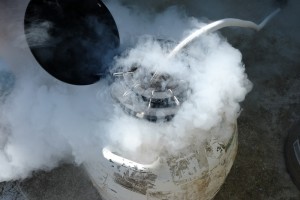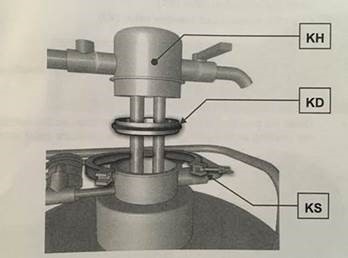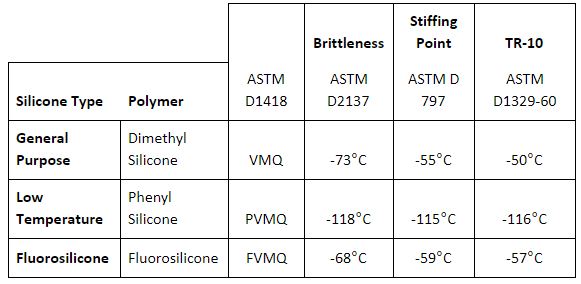Here at Apple Rubber, we’re always looking for ways to create custom solutions for our customer’s unique situations. Recently, Professor Megan Fuller, Ph.D, from the Philadelphia University, contacted us about a problem she was having with an O-Ring that sits on a siphon neck of a liquid nitrogen dewar.
Here’s what we did to help her.
The situation: Insufficient sealing
Fuller’s O-Ring didn’t come into contact with the liquid nitrogen, but the dewar neck reaches extreme low temperature. The current O-Ring was becoming entirely brittle while the dewar was in use and was limiting the performance to create a sufficient seal.
A little liquid nitrogen background
As we know, liquid nitrogen has an extremely low boiling point of -196°C (or -321°F). Currently, the lowest temperature a thermoset rubber can perform is about -104°C, which is a phenyl silicone. Sometimes, the hardest part of picking a rubber material is knowing the exact temperature at which the material will need to seal and function.
Since liquid nitrogen temperature is so low, the temperature as you move away from the liquid can drastically decrease due to temperature loss from convection to the environment or conduction into equipment. Therefore, if the liquid nitrogen temperature is well past any rubber material’s ability to seal, there might be a chance to seal it away from the liquid.
A seal performance is directly related to the rubber ability to deform and seal. With low temperature, the rubber modulus will increase as it reaches its glass transition temperature. As the rubber stiffens, the ability to deform and seal may decrease enough to allow for leak paths. Table 1 shows different low-temperature testing on the different types of silicone. There is various low-temperature testing for rubber, but depending on the application, it sometimes is not a good indicator for the application.
Table 1: Low-Temperature Properties of Silicones
Alternative sealing options
An option for sealing liquid nitrogen — especially when in contact with the actual liquid — is to use a metal or PTFE seals. These typically require a large amount of clamping force to prevent any leak paths. When it comes to a PTFE seal, the material can cold flow, or the material will creep and form as it’s compressed. The material then does not go back to the original shape. If the mating parts don’t go back perfectly together, or compression force is lost, there can be leak paths and seal failure.
Our solution: Phenyl silicone
Our solution for this seal was to try a phenyl silicone material. We chose this route because it would give us the lowest possible sealing material for the extremely low temperature. As long as there was not an extended direct exposure to the nitrogen liquid, there should be a good seal. This is because Phenyl silicone can maintain elasticity at much lower temperatures.
When we measured the current O-Ring, we were able to find a tool close to the size and mold an O-Ring out of our compound 10SL7AP. This O-Ring was a 70 Shore A Phenyl silicone compound designed to meet A-A-59588A Class 1A standard. We tested the O-Ring in the application and it performed with no leak over 100 temperature cycles to date.
Further recommendations
We recommended the team used a phenyl silicone compound to give the best chance to seal at such extremely low temperatures. Additionally, slightly increasing the cross-section of the O-Ring could give higher compression — which may aid sealing for this application.
We’ve got a sealing solution
Our expert engineers can help you pick the right sealing solution for your medical application. To learn more, contact us online or connect with us on Twitter or LinkedIn.


